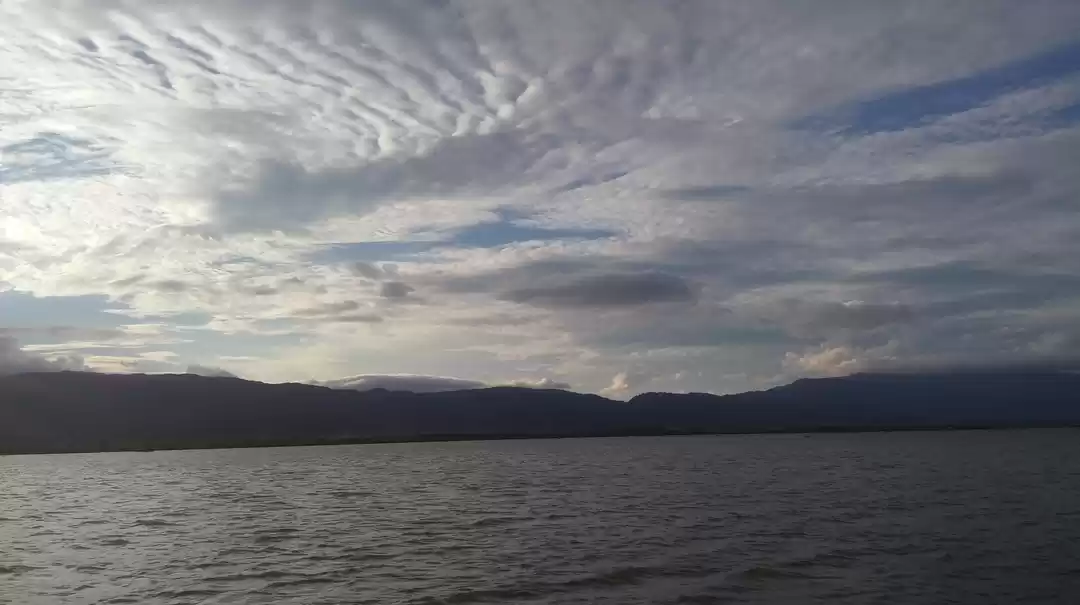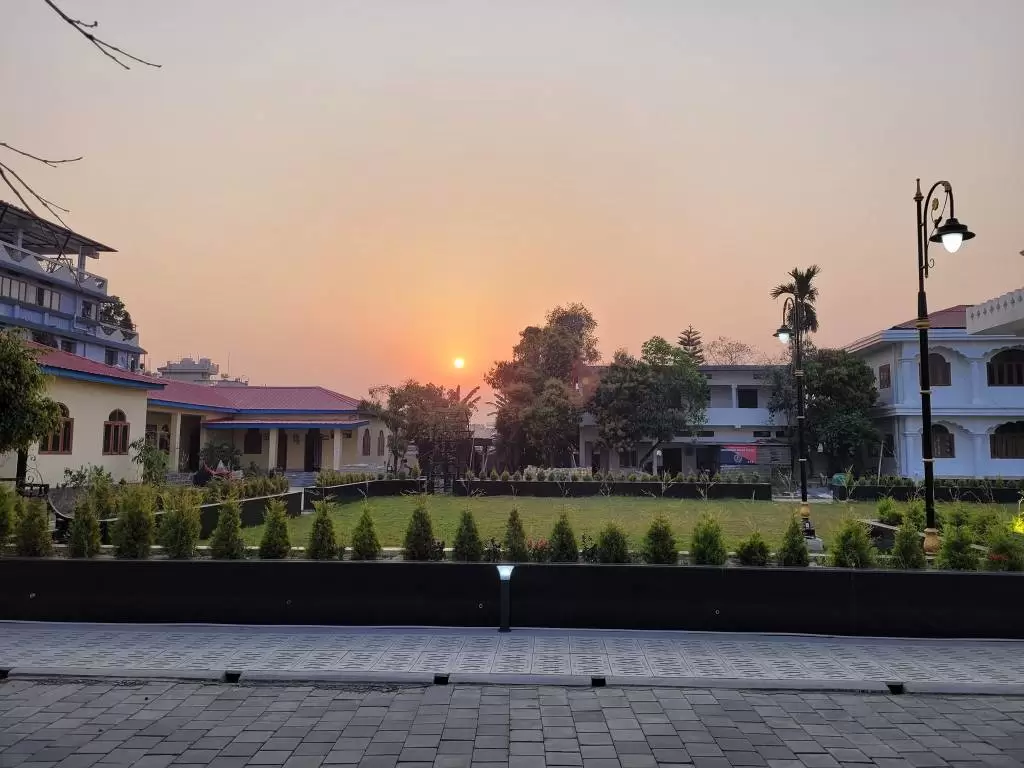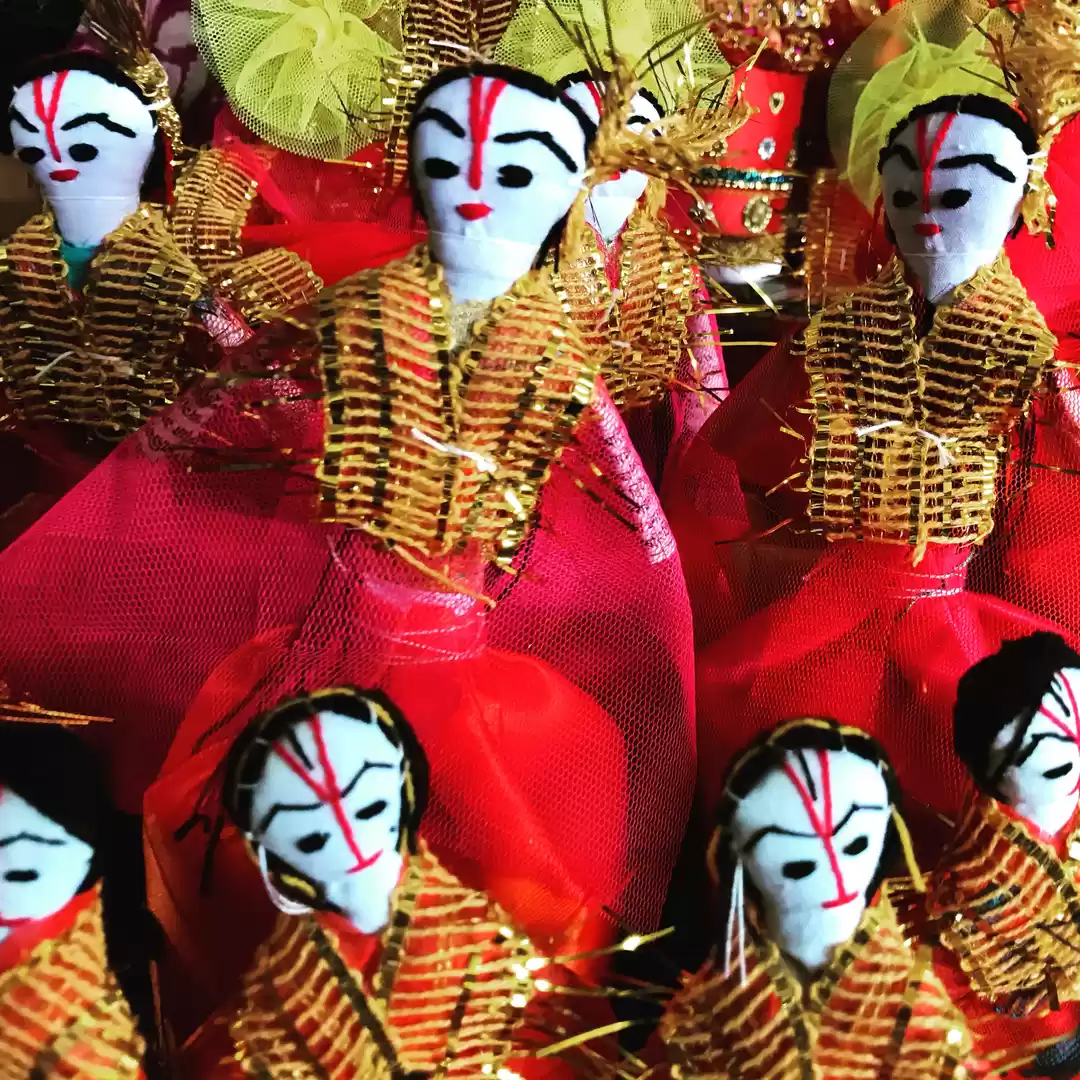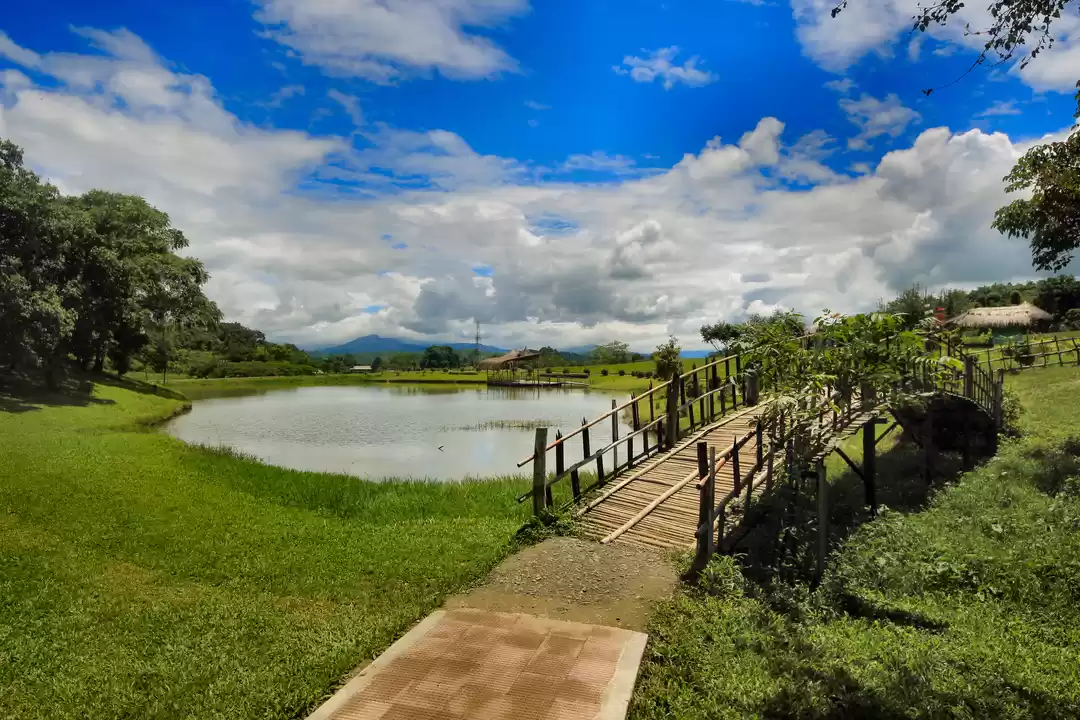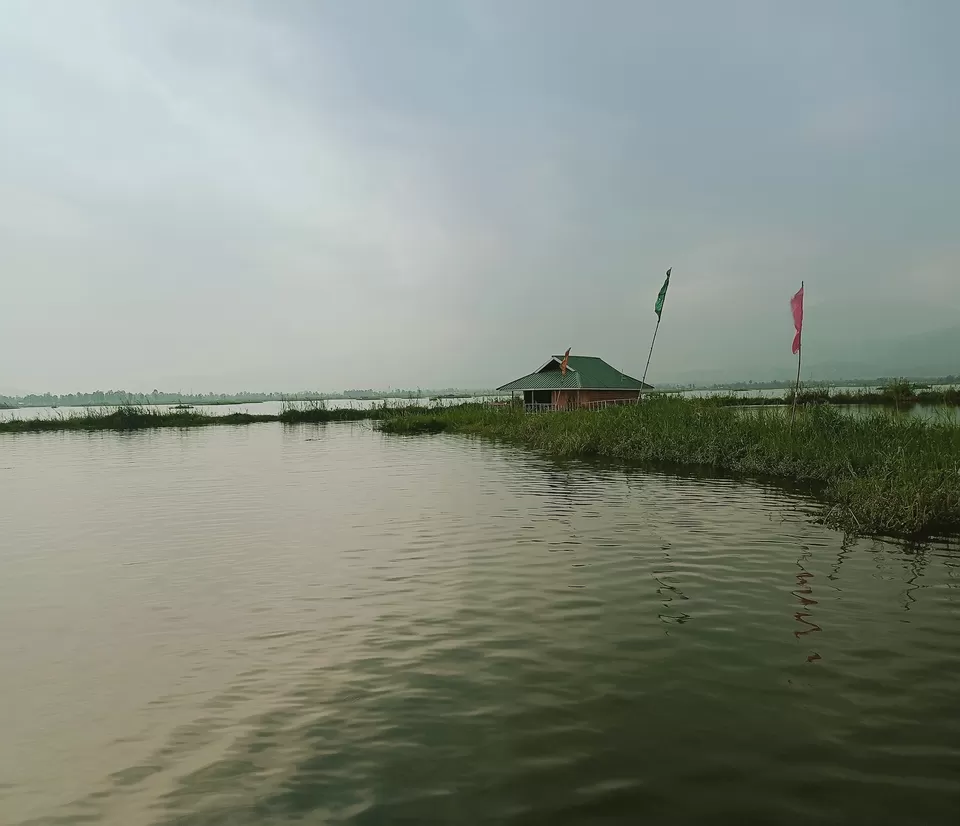
So, after a 3-day trip to Nagaland, which was the first leg of our 6-day NE trip (my first real trip during the pandemic), we headed to Manipur. While we had our masks on and our sanitisers ready in our hands during the whole time in Nagaland, once we entered Imphal, we witnessed a whole new world. The state was in the midst of its 6-day celebration of Yaoshang, the Manipuri version of Holi.
Day 1: Yaoshang at Govindajee Temple
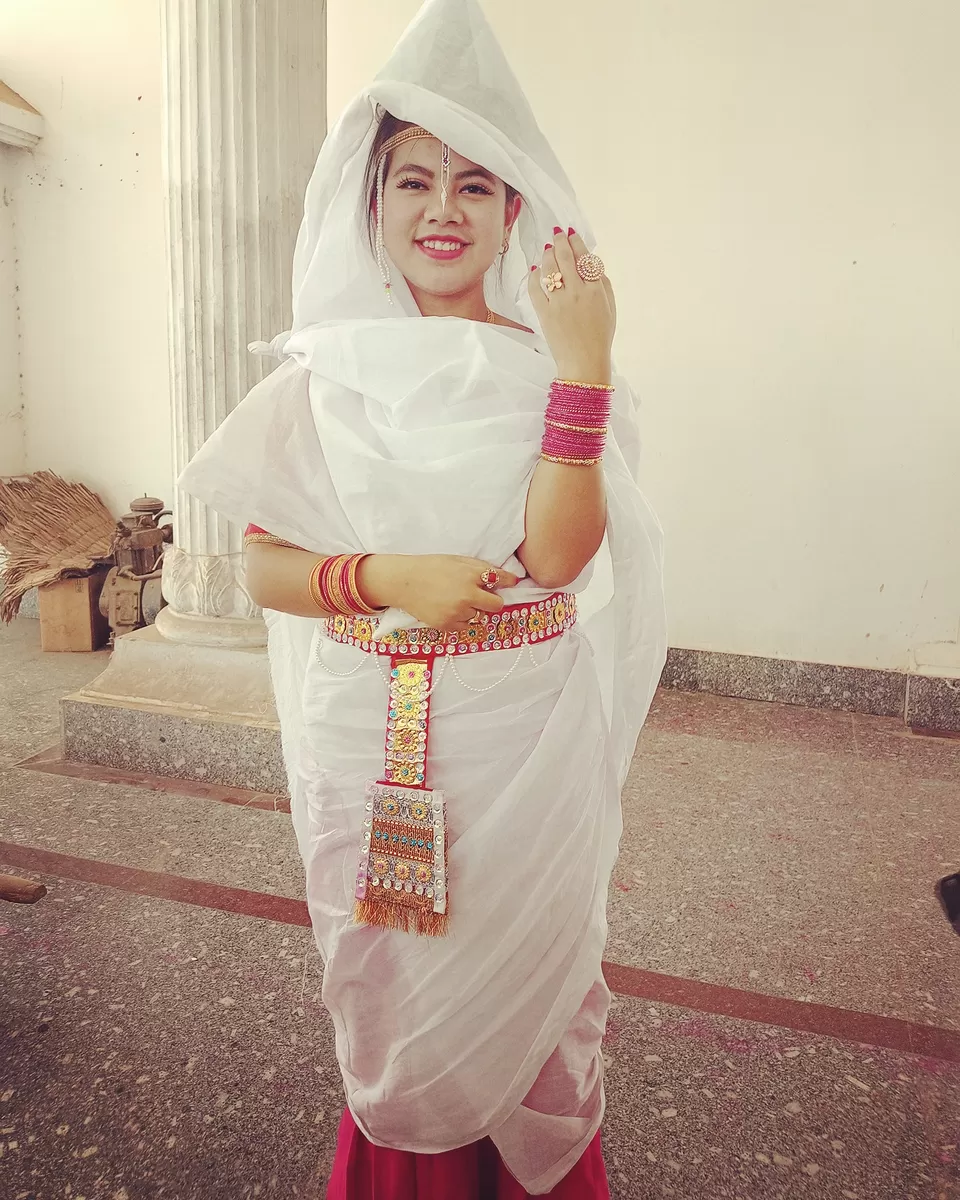
Soon after checking into our hotel (Classic Grande of the Radisson Group), we freshened up and had a sumptuous lunch, after which the hotel staff themselves applied colours on us (and to think, we were wondering if they would let us, people from a state that is one of the worst-affected by the pandemic, to even roam freely inside the hotel). So, after playing Holi with (hopefully) corona-free colours, we headed to the Govindajee Temple, Imphal's largest Vaishnava temple, to witness the traditional Yaoshang festival.
While initially people seemed to follow all COVID safety norms (masks et al), once the Holi dance-and-song ritual (with the Vaishnava priests sprinkling colours and gulal on the devotees) at the temple began, we forgot about COVID for a while. One of the priests showered me with blue gulal, and while I was a bit shaken initially (with months of social distancing rules being shattered to pieces), soon, I started enjoying the sights and sounds at the temple, but not before a quick check of the Arogya Setu app showed me there were "0 COVID cases within 1 km" (don't remember the last time I saw that in Kolkata).
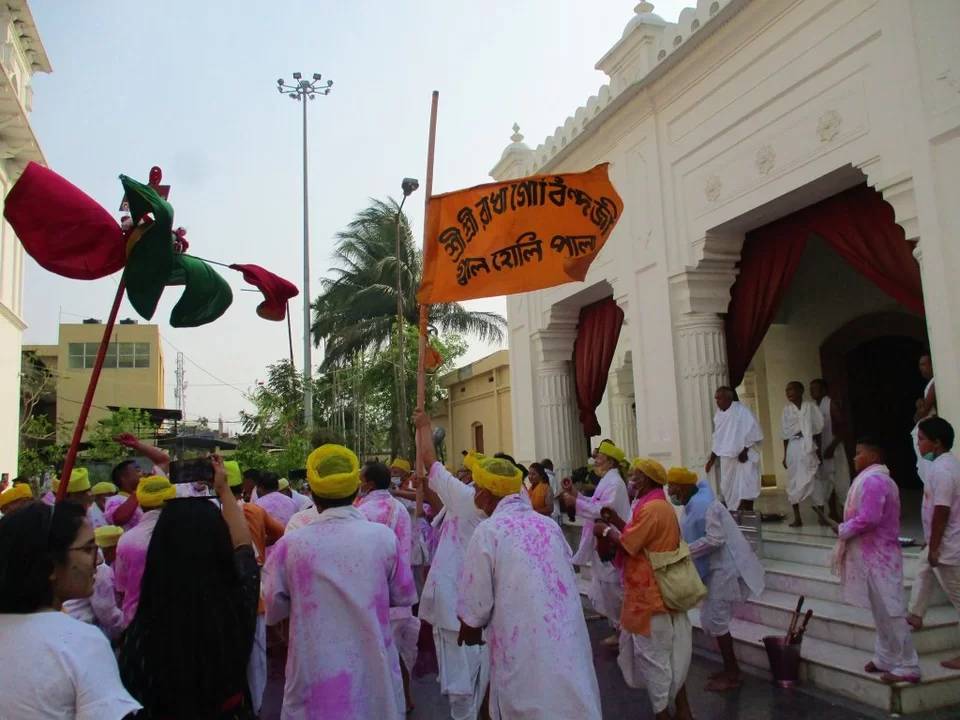
Day 2: Loktak Lake
Finally, the day we were supposed to witness the main draw of our trip arrived. I won't be exaggerating if I say that Loktak was one of the two most heavenly waterbodies I have ever seen in my life, the other being the backwaters of Kerala.
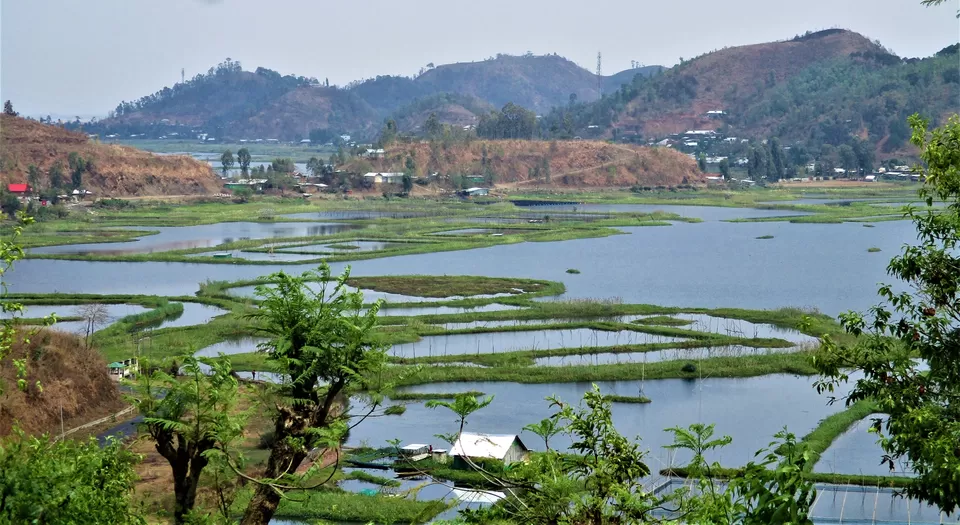
After clicking a few quick photos of the lake from a viewpoint, we took a boat ride to a floating homestay and a floating restaurant on an island. The Loktak is not only a natural marvel, being the largest freshwater lake in NE India, it is also a magical place where the phumdis, or the floating islands have huts and other structures built on them. The local guide told us how they have successfully prevented the phumdis from floating away by anchoring them to the base of the lake.
As we went around one of the islands, the overcast sky made the ambience doubly magical, and we promised the guide we will be back later, maybe for a day or two of serenity in one of the island huts. I also told him I hated the fact that they played Hindi film songs at the floating restaurant, as it sort of ruined the charm of the place.
We had to cut short our conversation and rush back to the mainland, as it had started to pour. Nevertheless, Loktak will remain etched in my memory forever.

Day 3: Imphal War Cemetery, RKCS Art Gallery, Ima Market, Langol Hill
With the rains and COVID regulations playing spoilsport, we had to skip a few places from our list, such as the Keibul Lamjao National Park (which was closed due to COVID) and the Kangla Palace, but with many other interesting places left to be explored in and around Imphal, we weren't disappointed at all.
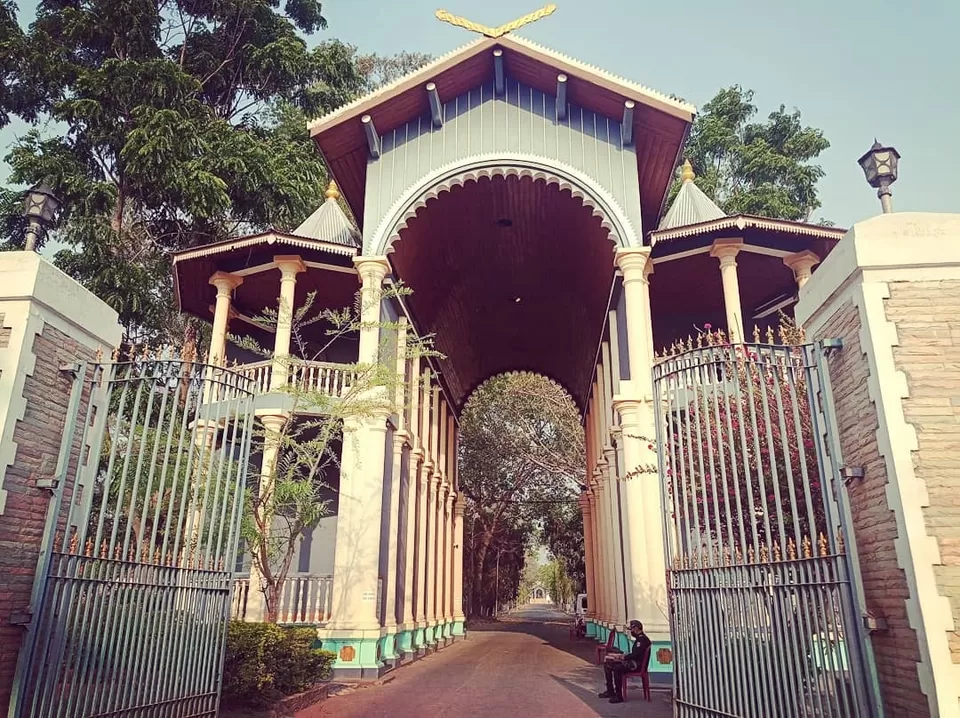
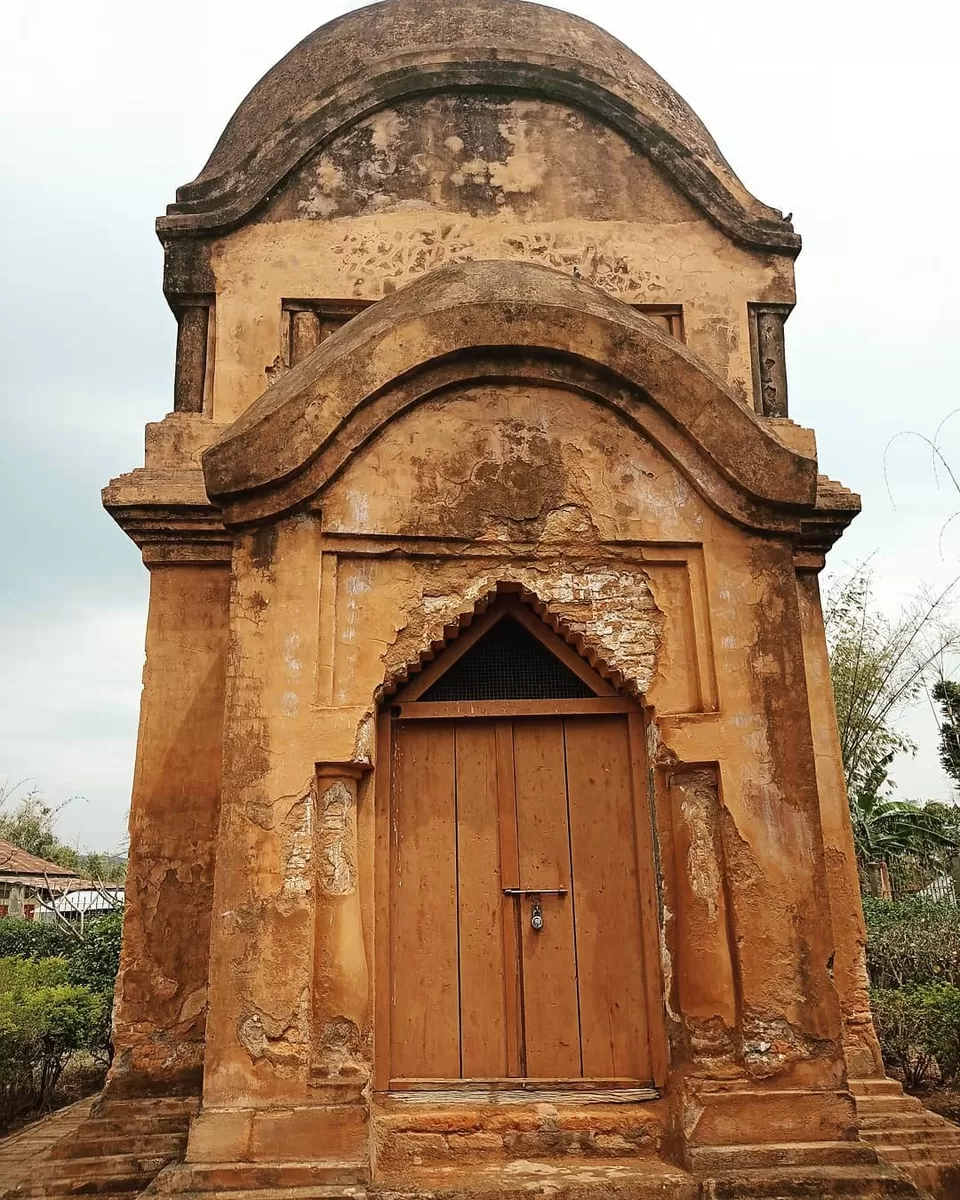
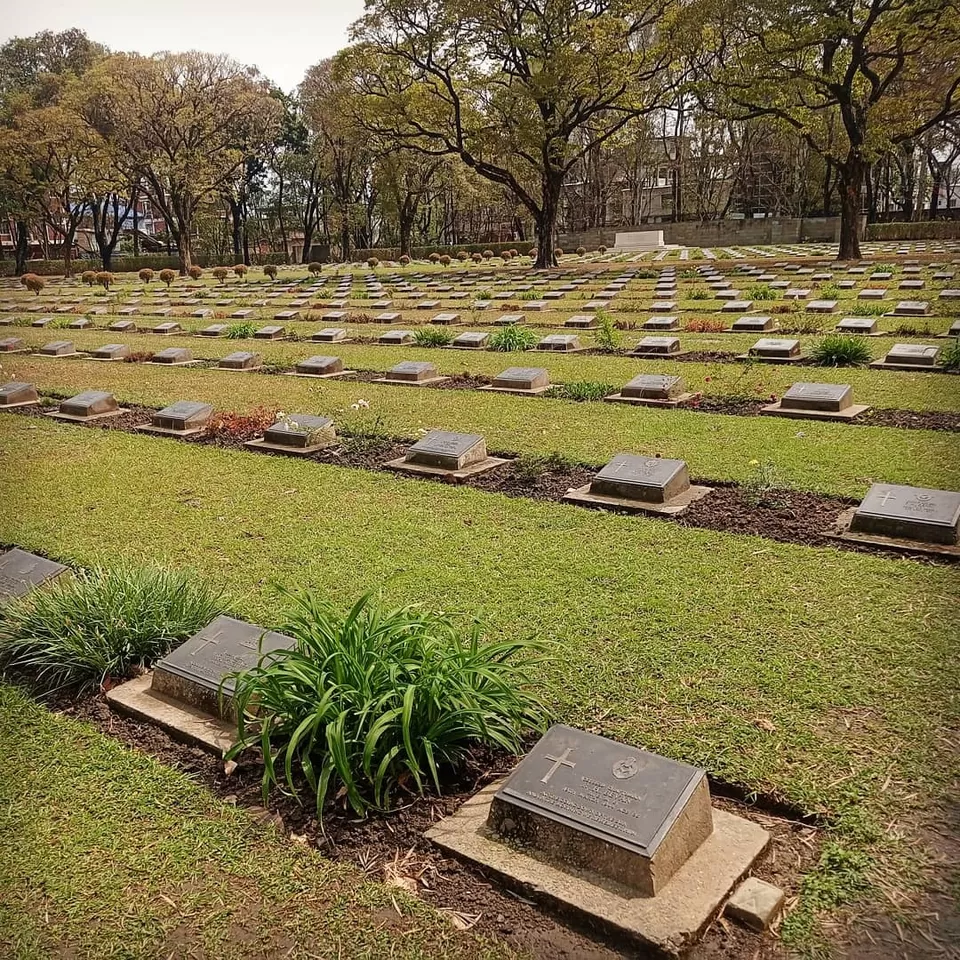
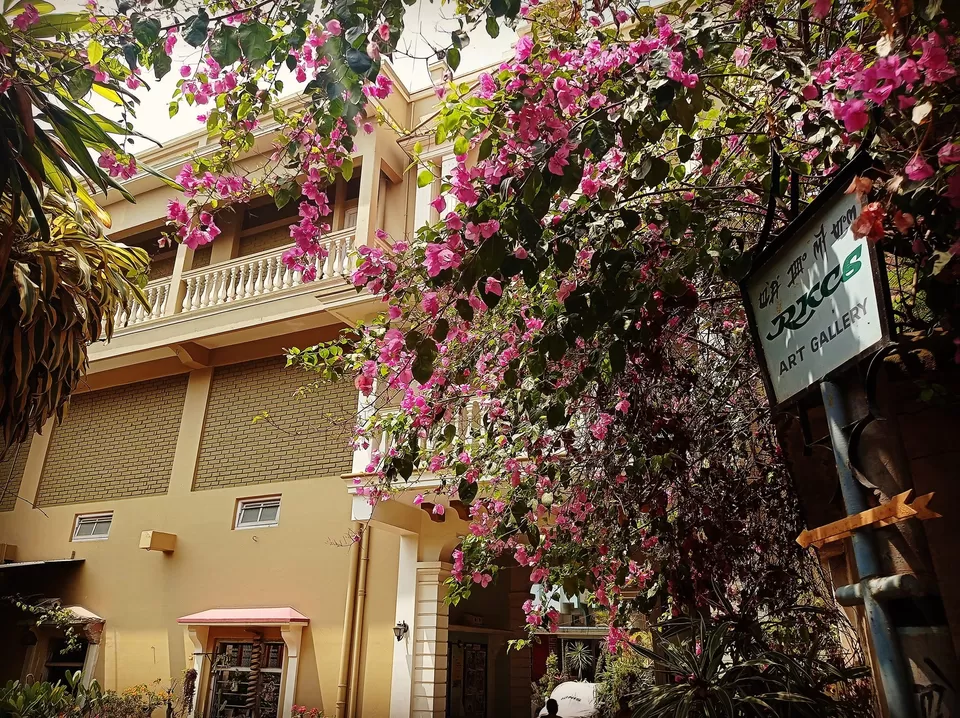
Our last day in Imphal began with a visit to the Imphal War Memorial (similar to the one in Kohima, but smaller) and the RKCS Art Gallery (where we had a half-hour interaction with Mr. Budhimanta, a descendant of legendary Manipuri artist Rajkumar Chandrajitsana Singh, or RKCS).
After lunch, we headed to the famous Ima Keithel, or the Mothers' Market, which was closed for a year due to COVID and was reopened in February this year. This one-of-a-kind market is managed solely by women. While I loved haggling and bargaining with the sellers, I couldn't help but notice how it was a far cry from the bustling Mothers' Market that I had seen in YouTube videos earlier. I was told that due to Yaoshang, many shops were closed, but I felt it was more related to COVID, as the market was uncannily clean (unlike similar marketplaces in Kolkata).
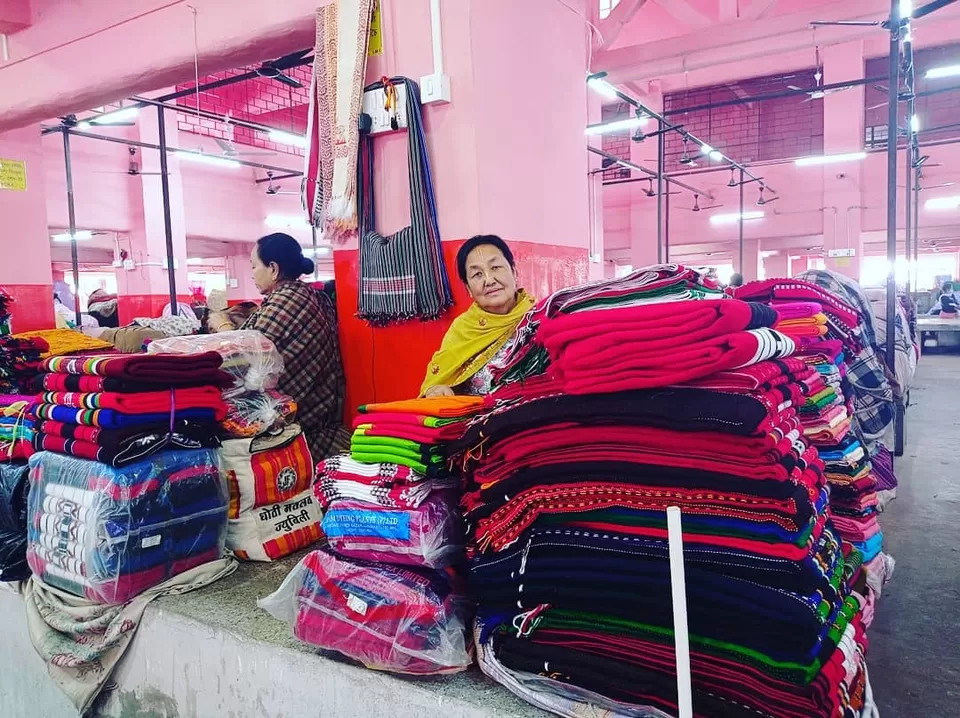
After hoarding on some local stoles and shawls, we headed to the Khongjom War Memorial. We didn't go all the way up to the actual memorial, but had to make do with some quick pictures clicked at the entrance, as we were running short of time and had to catch the sunset from the Langol Peak.
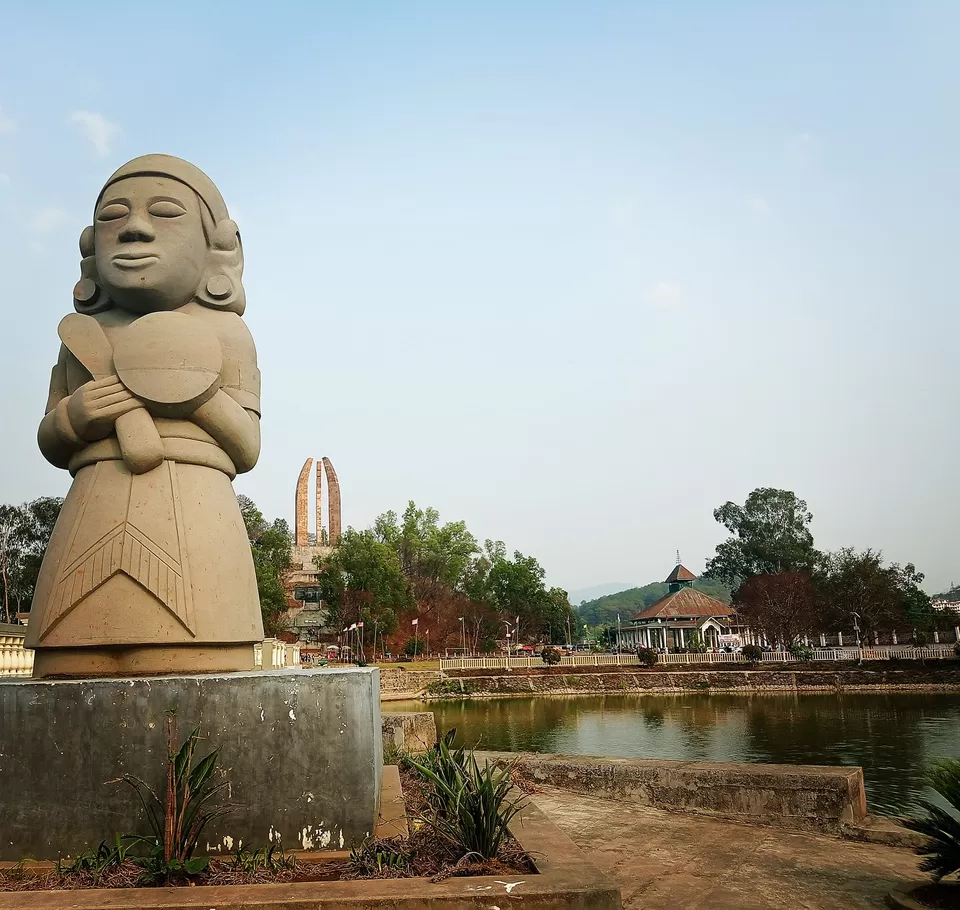
The Langol viewpoint was quite a treat and offered us some amazing scenes of the surrounding landscape. It also marked an end to a beautiful trip to the Northeast that was a welcome change after a year of being locked down due to COVID. Though I am not the sort to encourage travelling during a global pandemic, I sort of needed this trip to retain my sanity during the most difficult period of my life.
Lastly, I can't thank the locals enough for being so supportive to people from states like WB that have been massively affected by the pandemic. Here's wishing I can go back to the Northeast soon, in a COVID-free world.














